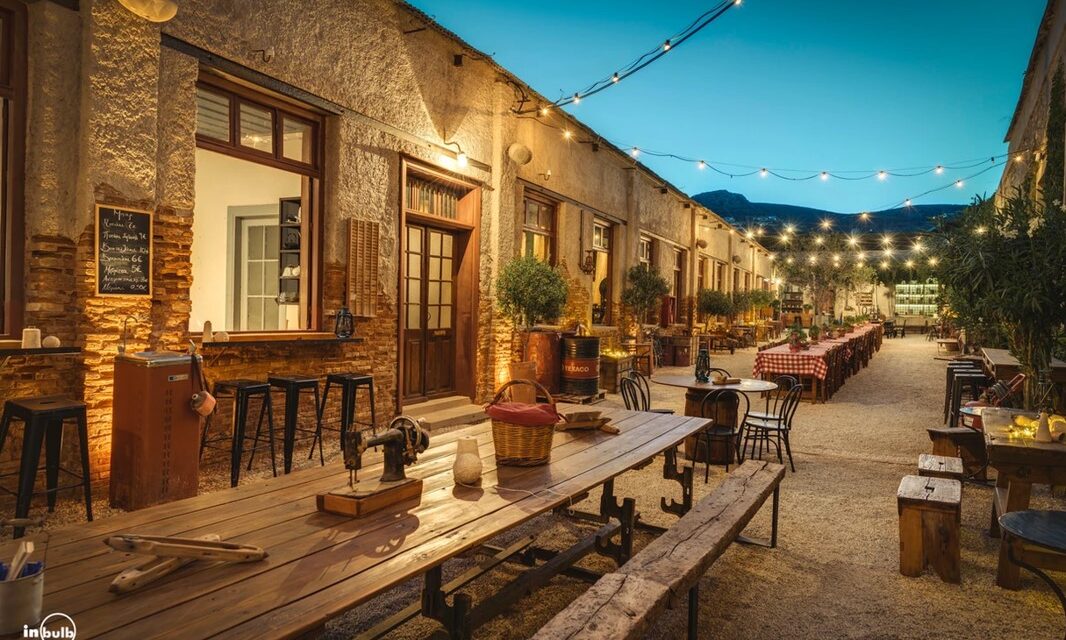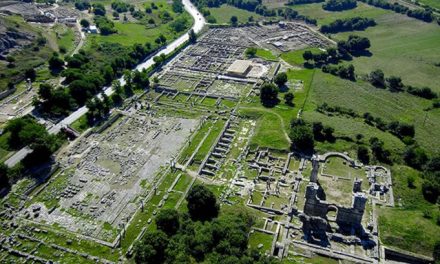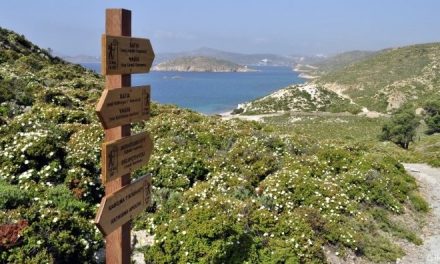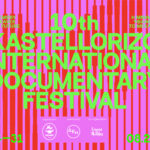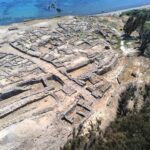Hermoupolis Heritage is a non-profit organization based on the island of Syros, which aims to preserve, safeguard and promote the cultural heritage of capital of the Cyclades, both tangible and intangible. It also aims at linking this heritage it to the contemporary creative activity of Syros, especially through the approach of cultural tourism and sustainable local development.
The organization was officially founded in 2021 in Hermoupolis (also transcribed as Ermoupolis), Syros’ capital town, by longtime prolific collector Dimitris Stavrakopoulos. To achieve its goals, the organization constantly appeals to individuals and institutions to share its vision, while Iis teams work within the framework of an ongoing creative process.
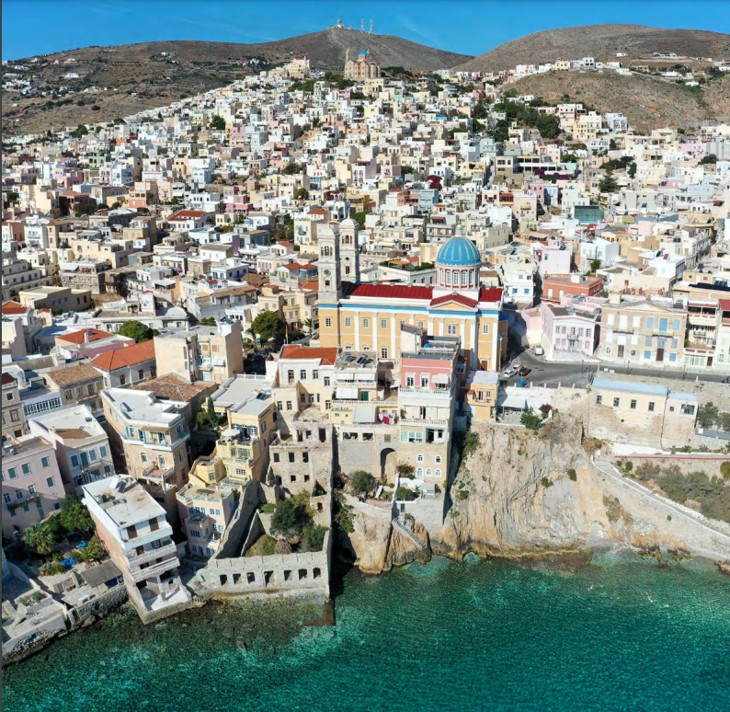
It was the special identity of Syros that inspired the founder of “Hermoupolis Heritage” to realize this project. Thanks to the development of trade, industry and shipping in Syros in the 19th and early 20th centuries – an unprecedented development in Greece – Hermoupolis became a unique combination of urban and island landscape, culture and heritage, redefined as a center of cultural osmosis. A marriage of opposites was formed, reflected in five distinct axes:
- Architecture (neoclassical, industrial, medieval, traditional buildings)
- Culture (opera, rebetiko, folk dress, Western fashion)
- Society (bourgeois and working class)
- Religion (Orthodox and Catholic)
- History (ancient Cycladic – Syros Keros, medieval Western – Ano Syros, neoclassical culture – Hermoupolis)
For the organization’s founder Dimitris Stavrakopoulos, it’s these dualities that make Hermoupolis’ current cultural identity unique. In Syros, neoclassical architecture blends with traditional island architecture, opera with rebetiko, Orthodoxy with Catholic faith, island style with industrial style. It’s a reflection on, and at the same time a proposal for, projecting the identity of Hermoupolis and, by extension, Syros, which is both an island and an urban landscape.
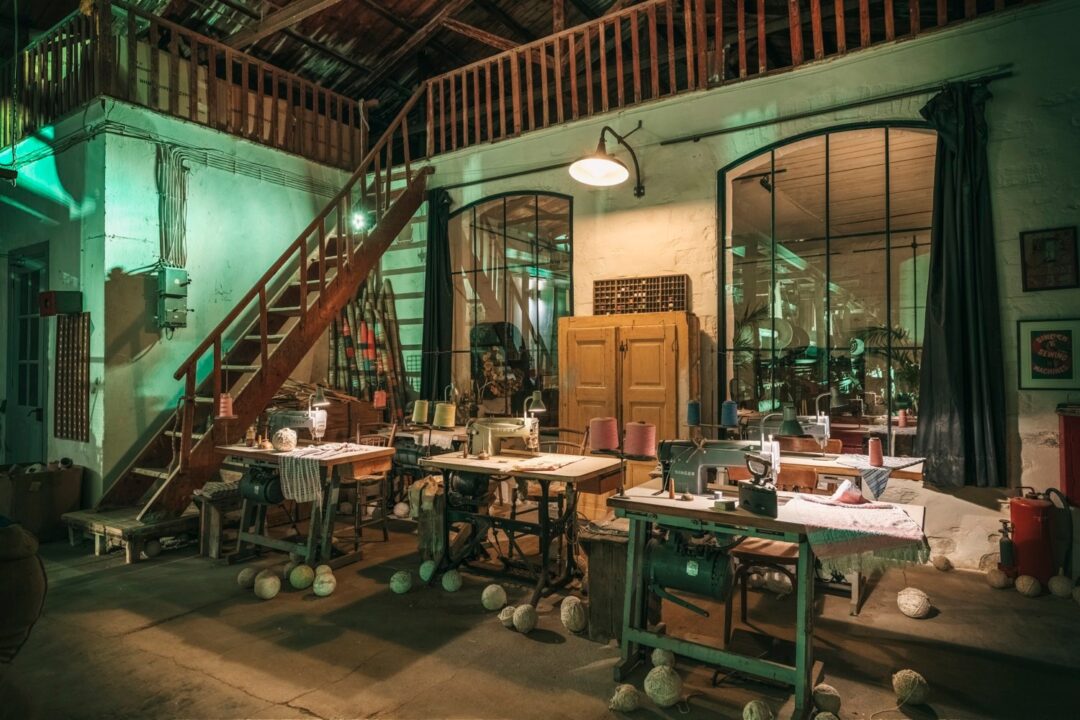
Hermoupolis Heritage activities
Hermoupolis Textile Museum
The former Zisimatos textile factory, the only one of its kind to have been preserved intact with all its equipment, is a major acquisition for Hermoupolis Heritage. It is a pillar of the town’s former urban and professional life. The factory has been transformed into the Hermoupolis Textile Museum.
Due to its value for the industrial development of Hermoupolis and for Syros in general, the factory has been preserved, which includes not only the renivated building, but also its equipment. When visitors enter, they have the impression of seeing the factory exactly as it was before it closed down abruptly. The looms, stocking frames and dyeing kettles were left as they were.
“Hermoupolis Heritage” has turned the Hermoupolis Textile Museum over to the local community and visitors, and is open to suggestions for action.
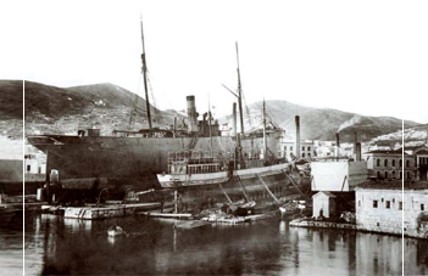
Syros’ shipbuilding tradition
The lighthouse keeper’s historic journey with a traditional trebuchet built in Syros: On the way from the shipyard to the lighthouse by boat, visitors learn how the first refugees arrived in Syros, looking at the two hills on board and talking about the great history of shipbuilding in Syros and especially of the Tarsanas traditional shipyard. Visitors can also take a tour of the lighthouse, enjoying a unique view.
Discover the countryside of Syros
“Hermoupolis Heritage” also offers visits to Episkopion, Chrousa, Parakopi and Posidonia, with the aim of discovering the history of the Hermoupolis bourgeoisie and admiring the neoclassical architecture and buildings that the bourgeois left behind.
Cultural osmosis in Syros
Prior to the declaration of the Greek War of Independence in 1821, Syros was the seat of consulates for important European states trading in the Eastern Mediterranean and Black Sea. The Hermoupolis bourgeoisie exploited the port, developed trade, acquired ships and transported products from Syros and the other islands to the ports of Asia Minor and the Black Sea.
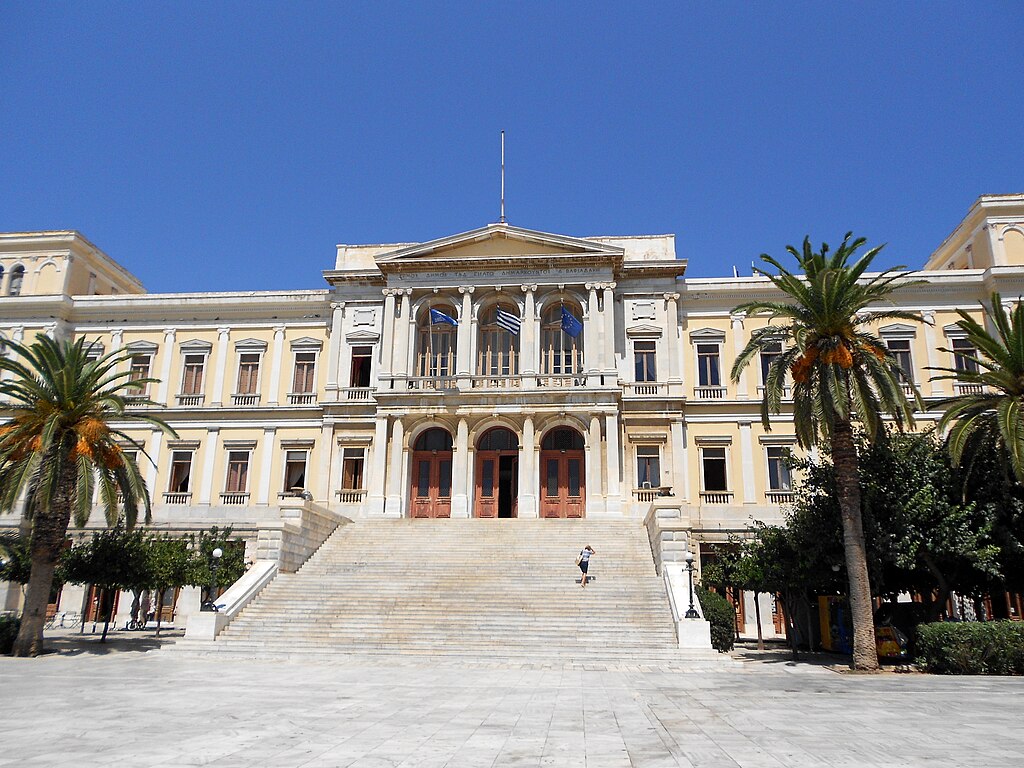
During the revolution, Syros, protected by the west, created the urban miracle of the founding of the neoclassical town of Hermoupolis, the first “European” town in Greece, the first example of urbanization in modern Greece and a decisive contributor to the cultural development of the newly established Greek state.
It was in the new town of Hermoupolis that the development of modern Greek urban, industrial and maritime culture began. It was in the shipyards of Syros that the first Greek steamships were built. It was also in this city that so many industries, commercial enterprises, private and public schools, hospitals, pharmacies, orphanages and other charitable institutions developed. Hermoupolis was also the birthplace of the first Greek operas, operettas and works from the international theatrical repertoire, presented at the historic Apollo Theatre, built in 1864 and inspired by La Scala in Milan.
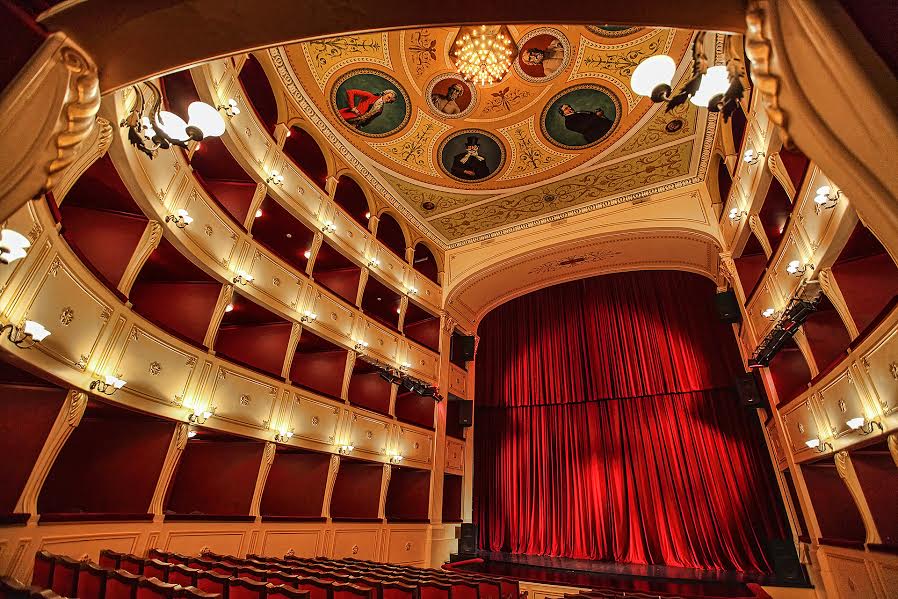
The city’s outstanding wealth is reflected not only in its architectural heritage, mansions, town houses, industrial buildings, streets, squares and urban infrastructure, but also in its lifestyle. Arts, letters, entertainment, institutions, endowments and legacies gave Ermoupoli the title of Greece’s leading urban center even before the country gained its independence in the 19th century.
Read also via Greek News Agenda: Cycladic Identity: keeping alive the heart of the Cyclades; Cycladic architecture, stunningly blending with the endless blue of the Aegean sea; From the flames of the Struggle. Athens – Ermoupolis: the rebirth of Greece
N.M. Translated from the original article which appeared on Grèce Hebdo (Intro image: Hermoupolis Heritage official FB page)

